
Character Ouyang Feng on screen - Photo: SC
Just looking at Kim Dung's novel system, snake fist appears in almost every series, and is always a unique and powerful move.
The most famous is the character Ouyang Feng in The Legend of the Condor Heroes, with the "Spirit Snake Fist" he created himself, one of the most powerful martial arts in the story.
Or like in Bich Huyet Kiem , the main character Vien Thua Chi also became famous in the martial arts world with the "Kim Xa Kiem" style, inherited from Kim Xa Lang Quan Ha Tuyet Nghi.
And there are many other martial arts schools that also use martial arts and moves that imitate the shape and movement of snakes, creating a unique type of boxing and footwork.
Why snake?
Kim Dung may exaggerate and adapt many details related to Chinese martial arts, but with snake martial arts in particular, he kept the practical values quite true.
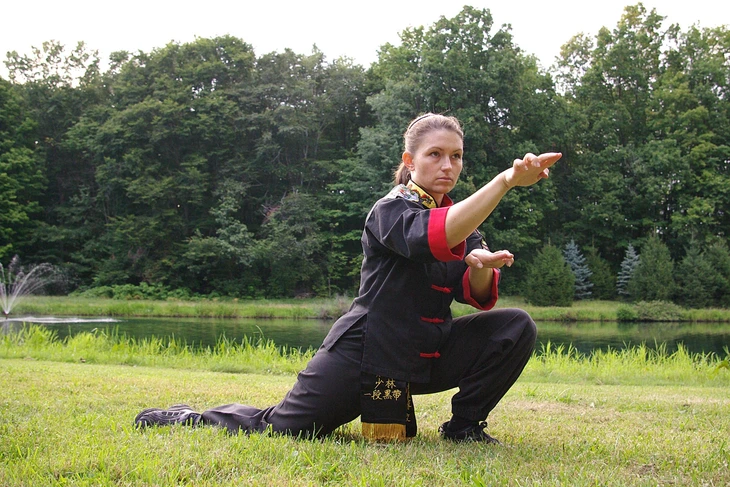
Snake martial arts are very popular with many kung fu schools - Photo: XN
In traditional martial arts, “snake fist” (She Quan) is a real combat system, originating from southern China, especially popular in Guangdong, Fujian and Zhejiang provinces from around the late Ming and early Qing dynasties.
Ancient documents such as the Complete Manual of Martial Arts and some folk records from the South China region mentioned forms that imitated the movements of snakes: swerving, dodging, and quickly attacking vital points. Snake martial arts were later systematized into a small branch of Southern martial arts.
Some famous martial arts schools have integrated snake exercises into their curriculum, such as the Hung Gar school, the Foshan school, or the Shaolin martial arts schools in the south.
In ancient forms, snake martial arts often use hands to simulate a snake's head, a flexible body, and sudden changes of direction. The goal is not absolute strength but speed, accuracy, and viciousness when attacking acupuncture points.
The reason snakes have become such a great inspiration in martial arts lies in their biology and hunting methods.
Snakes have no legs and move entirely by the flexibility of their bodies, but are formidable killers in nature. Their pecks can take only a few hundredths of a second, leaving their prey with little time to react.
Ancient Chinese martial arts researchers believe that imitating the movements of a snake can help practitioners increase their reflexes, move smoothly, and concentrate their strength on the smallest point to create great damage.
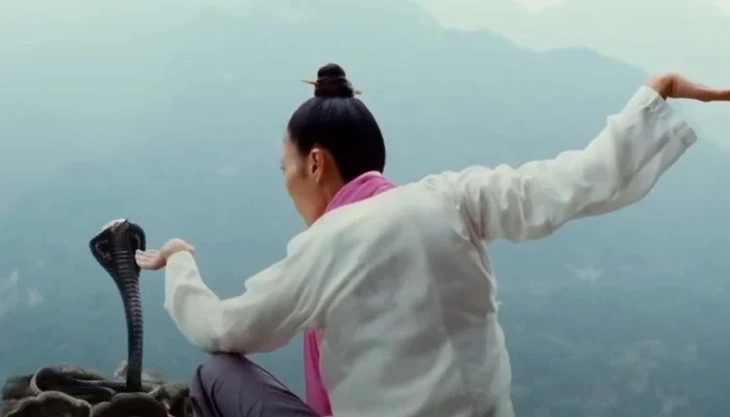
Snake martial arts exist in many kung fu schools - Photo: XN
Master Lam Duc Kiet, a researcher of traditional martial arts in Guangdong, once commented: “The snake symbolizes agility, flexibility and danger. In martial arts, imitating a snake is not just a movement but a way of thinking about fighting - waiting for the right moment, attacking accurately, and retreating quickly."
Modern experts have similar explanations. According to a 2018 study by a team of exercise biologists at Peking University, animal-like forms like snakes help martial artists increase their ability to control deep muscle groups, improve speed and balance.
Unlike other forms that focus on muscle strength, snake boxing relies on breathing, body flexibility, and sensitivity in sensing distance.
This also explains why in martial arts novels, people who practice snake martial arts are often described as "light as smoke", quick to strike, and unpredictable.
Exist on the ring?
In modern martial arts, the traditional “snake fighting” archetype no longer exists intact, but its influence remains.
In martial arts such as mixed martial arts, Muay Thai, Brazilian Jiu-jitsu or MMA, many grappling techniques are named after snakes.
For example, in modern grappling there is a “Python trap” technique that simulates the way a snake constricts its prey, and has been successfully applied by some professional fighters.
Some chokeholds in MMA are also described as “boa constrictor chokes” – exactly mimicking the way a snake constricts.
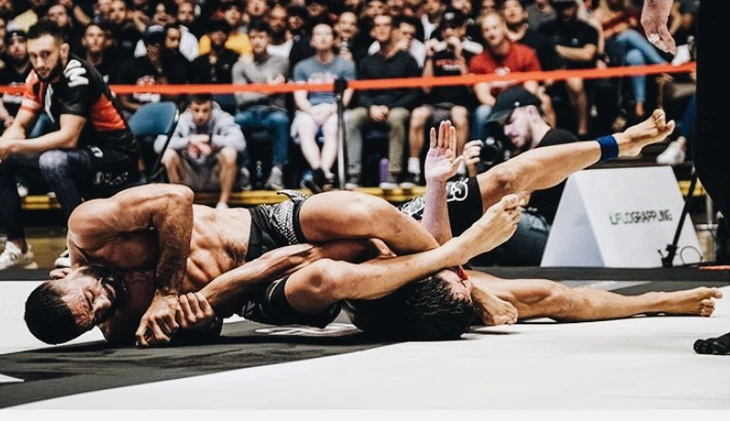
Vagner Rocha's python trap - Photo: FB
Of course these moves do not come from traditional Chinese kung fu, but the fighting idea of “control - tighten - finish quickly” bears a very close resemblance to the famous snake philosophy.
Western martial arts circles view snake fighting with curiosity and respect. In many traditional martial arts training materials circulated in the US since the 1970s, snake fighting was one of the imported exercises and taught experimentally at kung fu schools.
However, due to the nature of requiring high flexibility and precise body control, it is rarely developed into a separate school in the modern ring. Instead, solid techniques are often separated, transformed into locks, chokes or flexible evasions.
Source: https://tuoitre.vn/vi-sao-vo-ran-hien-dien-nhieu-trong-truyen-kim-dung-20251014200740433.htm


![[Photo] Many dykes in Bac Ninh were eroded after the circulation of storm No. 11](https://vphoto.vietnam.vn/thumb/1200x675/vietnam/resource/IMAGE/2025/10/15/1760537802647_1-7384-jpg.webp)
![[Photo] The 18th Hanoi Party Congress held a preparatory session.](https://vphoto.vietnam.vn/thumb/1200x675/vietnam/resource/IMAGE/2025/10/15/1760521600666_ndo_br_img-0801-jpg.webp)
![[Photo] Conference of the Government Party Committee Standing Committee and the National Assembly Party Committee Standing Committee on the 10th Session, 15th National Assembly](https://vphoto.vietnam.vn/thumb/1200x675/vietnam/resource/IMAGE/2025/10/15/1760543205375_dsc-7128-jpg.webp)



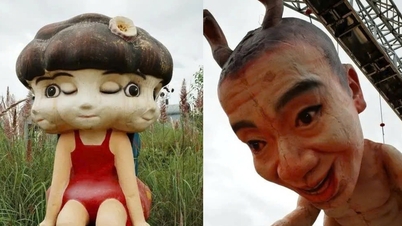


































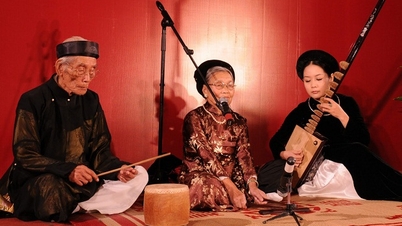




























































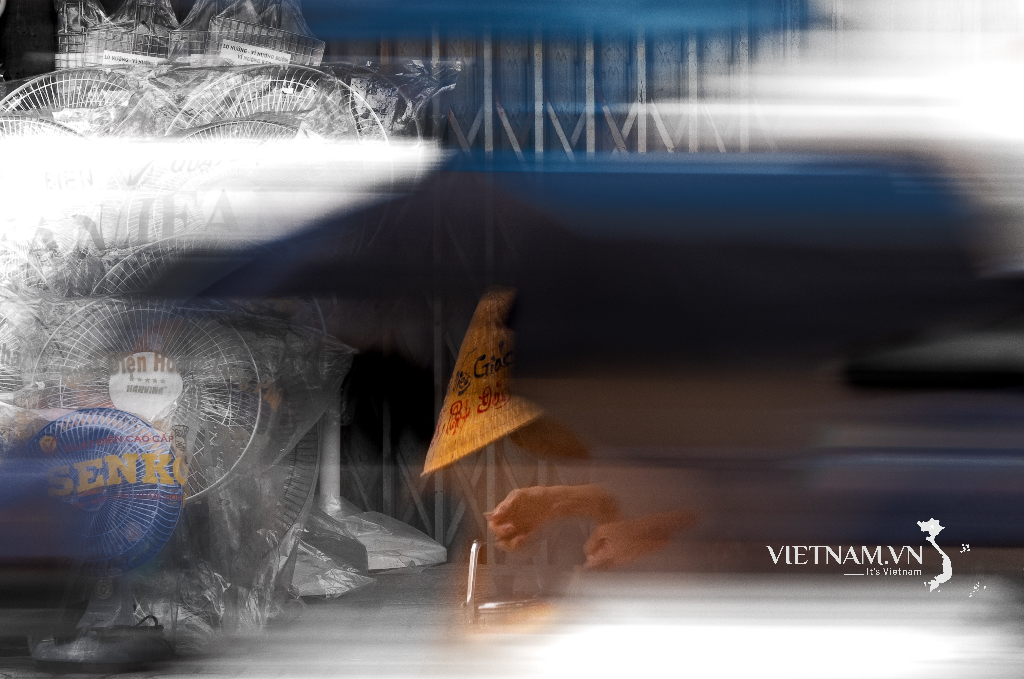



Comment (0)